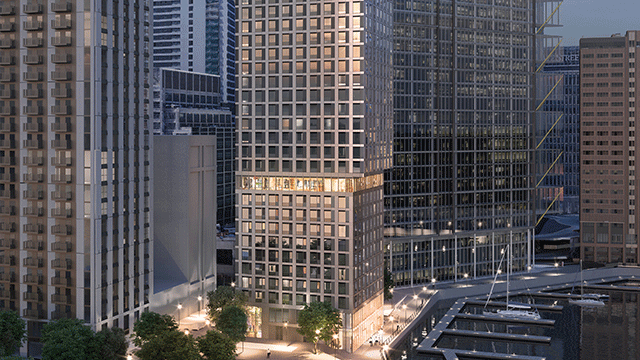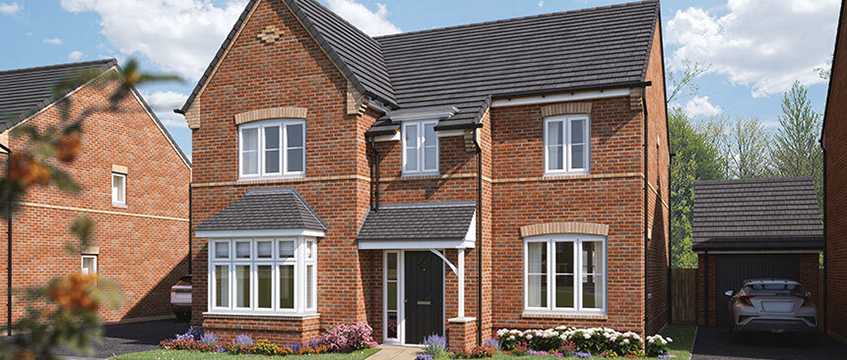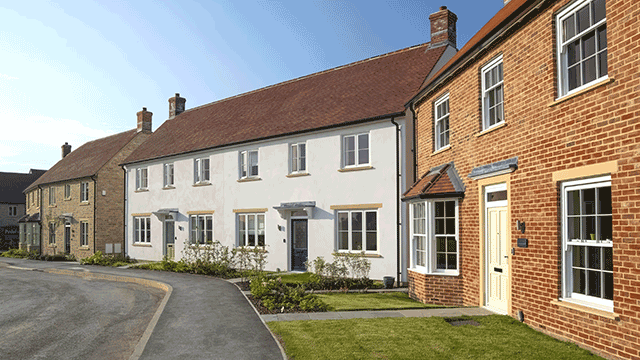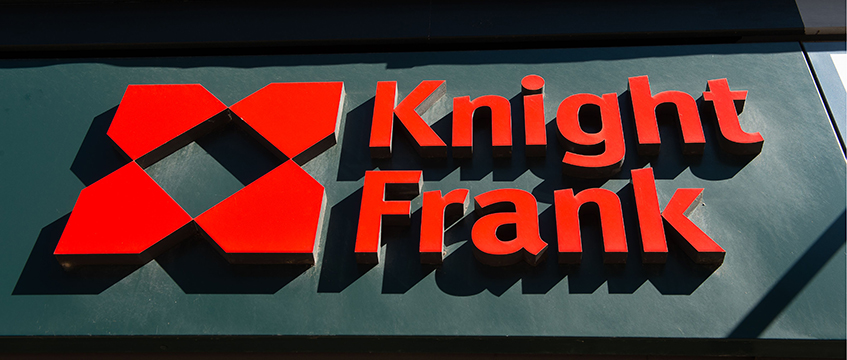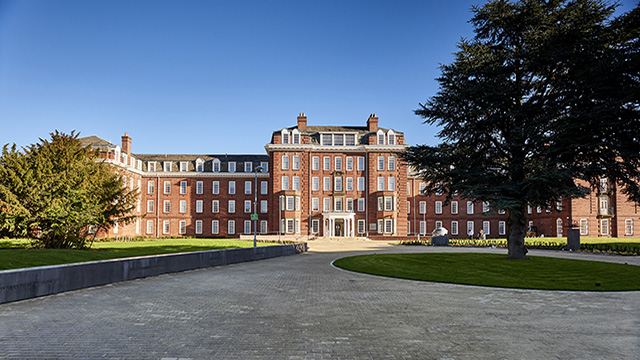Greater Manchester’s housebuilding target has been cut by more than 10% to 200,980 new homes in the next 20 years according to the much-anticipated – and repeatedly delayed – draft Greater Manchester Spatial Framework.
The revised figures, published earlier this month, are down on the previous target of 227,000 new homes outlined in the 2016 draft of the spatial framework, a “radical rewrite” of which Andy Burnham had promised in his election manifesto that same year.
The framework, which sets out development targets, allocated sites and infrastructure strategy, has been delayed several times since Burnham’s election, causing concern among developers looking for clarity on Greater Manchester’s strategy.
Burnham was critical of the previous plan’s reliance on green belt land and said he was aiming in his rewrite for no net loss of greenfield sites. Meanwhile, the government’s calculations for housing need changed last year, cutting the estimated number of homes cities would have to deliver and contributing to further delays.
Its release has been welcomed by the industry, which has waited nearly three years for an update. Here are some of the key points within the 492-page plan:
Housing targets
Greater Manchester is to deliver 200,980 homes between 2018 and 2037 – an annual target of 10,578 homes. Greg Dickson, planning director at Barton Willmore, says the reduction from 227,000 was expected, given the change in government housing projections and, though “slightly disappointed”, his housing clients were relieved the cut was not sharper.
The framework’s focus is on building in city centres, with Manchester city centre alone accounting for more than 50,000 homes and neighbouring Salford a further 32,680.
In line with Burnham’s green belt commitments, the framework says: “A key part of the overall strategy is to maximise the amount of development on brownfield sites in the most accessible locations, and minimise the loss of greenfield and green belt land as far as possible.
“In order to deliver the necessary densities, an increasing proportion of new dwellings will be in the form of apartments and town houses, continuing recent trends.”
Simon Bedford, partner and regional head at Deloitte Real Estate, calls the plan a long overdue “return to the town centres,” adding: “You are going to see PRS. You are going to see rental opportunities for people in some of these town centres at an affordable price over the next two to five years.”
Greater Manchester has delivered about 8,000 homes a year in recent years. The document suggests that meeting its targets requires “major” government funding and infrastructure investment. As a result, it expects to deliver about 9,200 homes a year up to 2023 and more than 11,000 per year in subsequent years.
North/south divide
The city region has historically been divided between a more prosperous and connected south and a less connected north. The framework seeks to rebalance that with a greater emphasis on development within the northern and central authorities.
Wigan is expected to deliver the third highest number of homes at just over 21,000 – more than Trafford or Stockport, despite smaller growth forecasts – while Oldham’s target is more than 14,290.
In Wigan, more than 3m sq ft of commercial space is also being planned, largely split between the south of Pennington and around M6, Junction 25.
The emphasis on town centres is coupled with a drive for infrastructure investment, including plans to extend Metrolink and tram-train services to areas like Middleton, in the north of Manchester, Wigan and Stalybridge in the east as part of its transport strategy to 2040.
Green belt land
Despite its urban vision, the plan releases 2,419 hectares of green belt land – or 4.1% of Greater Manchester’s total. Dickson says that Burnham’s acceptance that some greenfield land needs to be released is a sign of the mayor’s pragmatism.
He says: “Andy Burnham is realising that there needs to be a balance and that the city’s urban boundary can’t accommodate… the demands of a growing population and growing economic hubs.”
Last year, an analysis of Greater Manchester’s brownfield sites showed that the city region had the capacity to deliver only about 100,000 homes on brownfield land.
The spatial framework emphasises release of green belt land in the northern boroughs, which Dickson suggests is part of the combined authority’s strategy to develop areas that are missing out on Manchester’s economic growth.
Although Burnham did not meet his goal of losing no green belt land, the revised figures are 50% lower than the amount of greenfield space required in the 2016 draft.
Carbon neutrality
One of the spatial framework’s most ambitious goals is to make Greater Manchester a carbon neutral city by 2038. Part of that involves requiring net zero carbon from new developments by 2028.
Dickson says: “The development industry is becoming much more carbon aware. It’s reducing its footprint, and building regulations require that year upon year. But to get to carbon neutral in 10 years is a significant aspiration.
“I support the aspiration, but there’s uncertainty over how deliverable that is in the short to medium term.”
Although the guidance on how development will become carbon neutral is vague, the spatial framework says new developments will have to maximise energy efficiency, minimise energy demand and use non-carbon energy sources. An interim requirement is also included that forces new developments to cut their carbon use by 19%.
Existing buildings, it adds, should be retrofitted with “measures to improve energy efficiency” and generate renewable and low carbon energy.
Bedford calls Greater Manchester’s environmental ambitions – which also include extensive cycle routes alongside public transport to move people away from driving – one of the document’s key features.
He says: “You always set the ambition level just slightly beyond the fingertips and hope to strike somewhere close to it. I would support that.
“If it can achieve its carbon neutral ambition, then that will be remarkable, but it should certainly aim to do that.
“This is Manchester saying to the outside world: this is the city we want to create over 25-30 years. It’s a vision for a city that is on the move.”
What happens next?
The Greater Manchester Spatial Framework will go out to public consultation. These consultations usually take 8-10 weeks, at which point the Greater Manchester Combined Authority will debate the issues publicly before adopting the plan. The plan can potentially change substantially between now and the later draft stages, but the expectation is that it will be adopted in 2020 or 2021.
To send feedback, e-mail karl.tomusk@egi.co.uk or tweet @karltomusk or @estatesgazette




